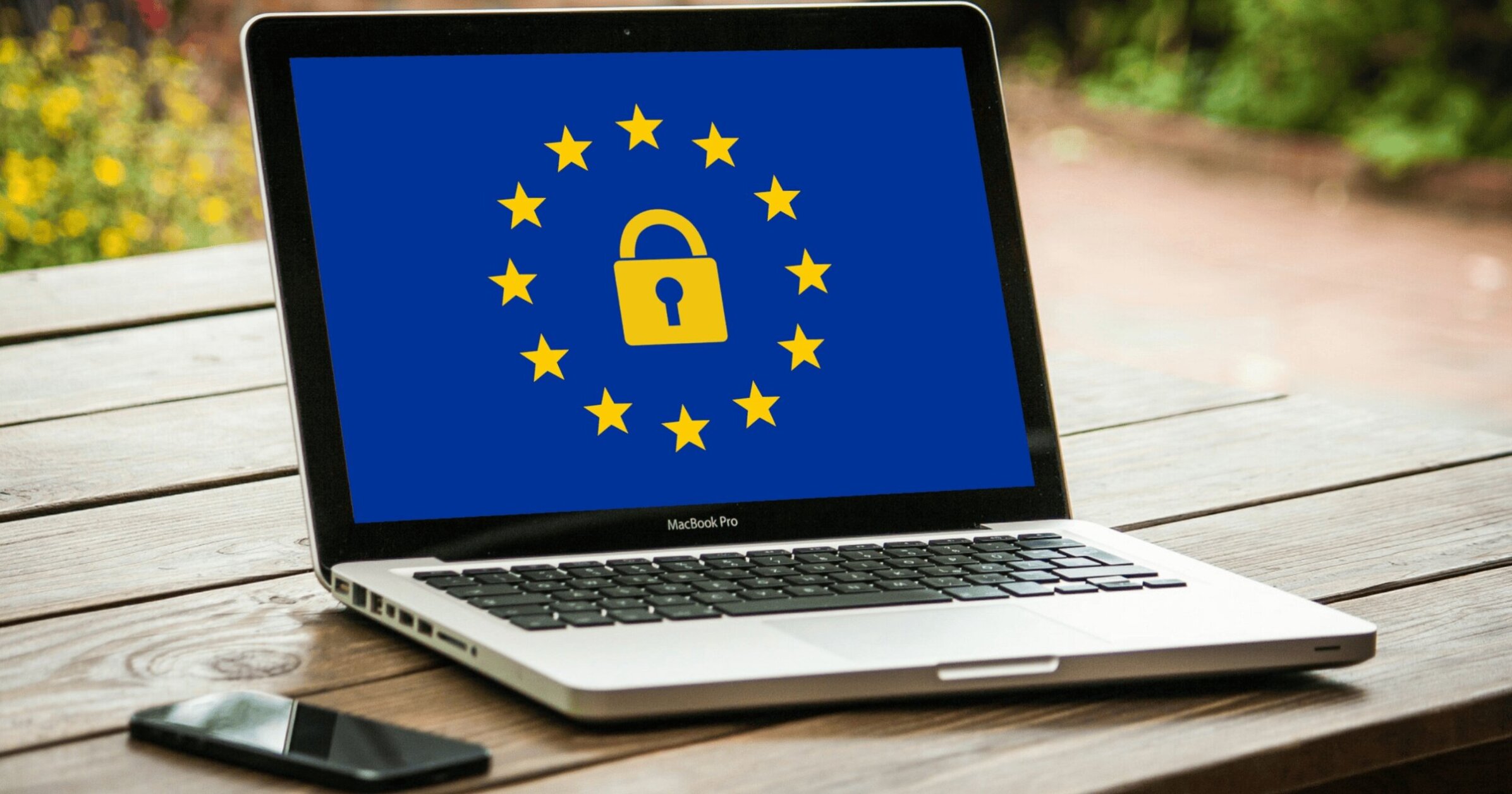Main Menu
More

Data has become the lifeblood of business worldwide. With the increasing reliance on electronic communication channels, such as email and instant messaging, it is crucial for organisations to understand and comply with the General Data Protection Regulation (GDPR). Failing to do so can lead to severe legal and regulatory risks, as well as negative consequences that can tarnish your reputation.
So, how can you remain compliant with GDPR in a constantly evolving regulatory landscape?
The General Data Protection Regulation (EU GDPR) and UK GDPR are comprehensive data protection laws designed to protect the personal data of individuals within the European Union (EU) and the United Kingdom (UK), respectively. It regulates the processing and protection of personal data and aims to strengthen individuals’ rights, imposing strict obligations on organisations that collect, process, or store personal data, requiring them to obtain explicit consent, implement robust security measures, and ensure transparency in data handling practices. The GDPR also grants individuals rights such as the right to access, rectify, and erase their personal data.
While the GDPR’s core principles remain unchanged, recent developments focus on stricter enforcement and adaptation to new technologies. Data Protection Authorities are increasing scrutiny and cross-border cooperation, leading to potentially higher fines. The upcoming AI act will introduce regulations for AI systems processing personal data, while the Digital Markets Act imposes stricter obligations on large online platforms. Additionally, evolving interpretations of cookie consent and data transfer rules require organisations to stay updated. Overall, the GDPR landscape is dynamic, demanding continuous attention to compliance.
The UK is also going a step further. The Cyber Security and Resilience Bill is a legislative proposal by the UK government aimed at strengthening the nation’s cyber defences and ensuring the security of critical infrastructure and digital services. The bill responds to the increasing frequency and sophistication of cyber threats targeting essential public services and infrastructure.
Key Objectives of the Bill:
The bill is currently undergoing pre-legislative scrutiny, with plans to introduce it to Parliament in 2025. Once enacted, it will play a pivotal role in enhancing the UK’s cybersecurity posture, safeguarding both public and private sector entities against evolving cyber threats.
Protecting your organisation’s data is crucial but can be challenging and hard to manage. Breaches can occur at every level of the organisation and can attract significant penalties while severely damaging your reputation.
To remain compliant with the General Data Protection Regulation (GDPR), you should take proactive steps to ensure you meet data protection requirements. Here are five key steps you can take:
1. Implement Strong Data Protection Policies
2. Train Employees & Appoint a Data Protection Officer (DPO) (if required)
3. Conduct Regular Data Audits
4. Ensure Lawful Basis for Processing Data
5. Enhance Security Measures
By proactively taking these steps, you can reduce the risk of non-compliance and protect both customer and employee data effectively.
Do you have a comprehensive strategy for staying compliant with GDPR on your electronic communications channels? Better yet, have you thought about how you can better support your staff to remain compliant when communicating with customers, suppliers, and colleagues?
Electronic communication channels, such as email and instant messaging, have become essential tools for businesses. Whether on Outlook, Teams, or Slack, nowadays we are in constant dialogue with colleagues, customers, and vendors. Be it email or instant messaging, these platforms have become indispensable to our daily business interactions. However, they also pose significant risks when it comes to GDPR compliance and Data Loss Prevention (DLP). Confidential information shared through these channels can be vulnerable to unauthorised access, accidental leaks, or breaches, potentially exposing personal data and violating GDPR regulations. Therefore, it is imperative for organisations to focus their compliance efforts on these communication channels to safeguard sensitive data effectively.
To mitigate the risks associated with data breaches, organisations normally resort to traditional compliance measures, such as those detailed above. Things like regular training and refresher courses are recommended to keep employees informed about evolving threats and the latest changes.
However, advances in technology have made it possible to proactively prevent potential breaches in real time, before they become an issue and lead to regulatory investigations, financial penalties, and reputational damage. This is now possible with the help of advanced solutions that use artificial intelligence (AI) to proactively prevent data breaches by providing continuous training to employees, in real time, and directly on the communication channels they use on a daily basis.
Lexverify’s AI-powered assistant helps prevent data sanctions breaches on electronic communications in real time, providing continuous development support to employees and delivering just-in-time training. It helps ensure all your electronic communications are compliant; every email, every message, every time.
Lexverify leverages advanced AI technologies to monitor electronic communication channels, detect potential data breaches before they occur, and prevent the unauthorised transmission of personally identifiable information (PII)–all in real time. This proactively assists staff and helps prevent data breaches before someone clicks the ‘Send’ button.
For IT and Cyber Security teams, Lexverify’s admin dashboard provides real-time visibility of GDPR and DLP compliance risks, enabling them to proactively manage risk, better allocate training budgets, and improve their organisation’s compliance posture.
By integrating seamlessly into your existing infrastructure, Lexverify provides real-time alerts and policy enforcement to help your organisation prevent potential GDPR violations.
Complying with GDPR regulations is not only a legal obligation but also a crucial step in building and maintaining trust with your customers and protecting their personal data. As electronic communication channels continue to play a vital role in business operations, it is essential to focus your compliance efforts to these platforms. By implementing ongoing compliance training and adopting solutions like Lexverify, you can ensure that your company remains proactive in preventing data breaches, thus safeguarding your reputation and avoiding the severe legal and regulatory consequences of GDPR violations.
Fill in a few details
Please submit your details, so we know how popular our downloads are, thank you!